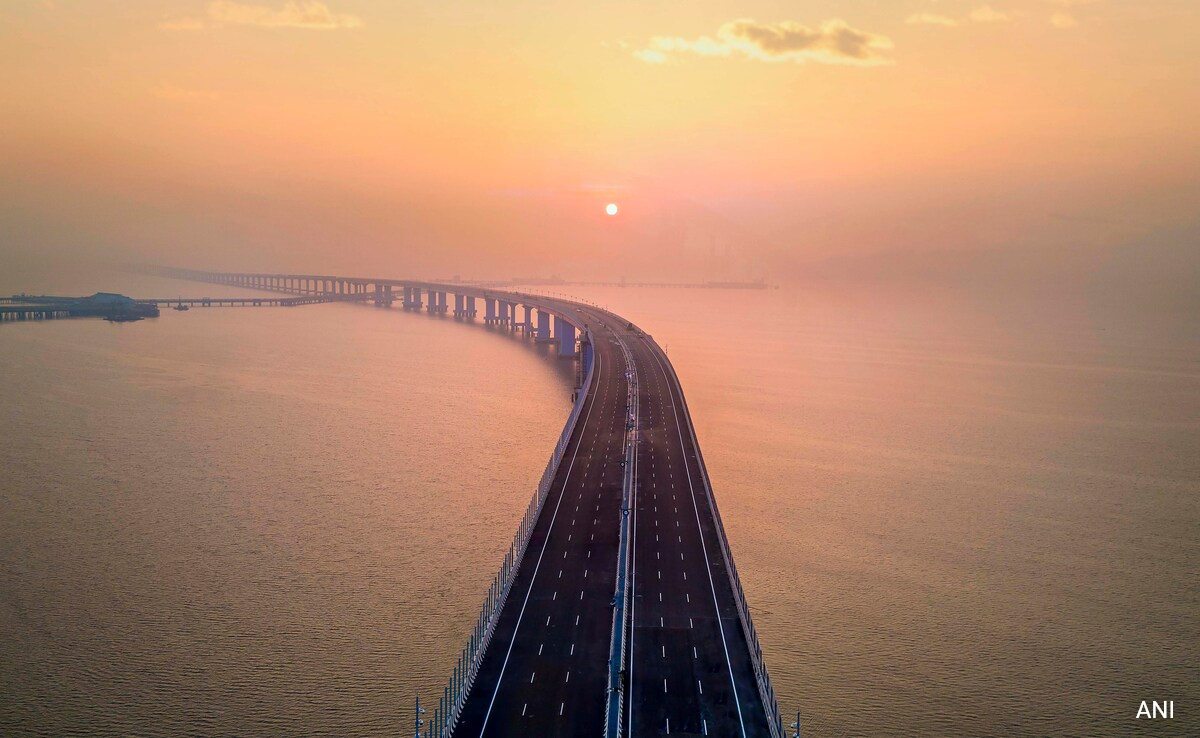
The Rs 17,840 crore bridge is also known as the Mumbai Trans Harbour Link (MTHL).
The historic Atal Setu, set to be inaugurated by Prime Minister Modi in Mumbai today, will not only be India’s longest sea bridge but also one of the strongest as it’s been built with earthquake-resistant technology, an IIT Bombay expert told NDTV on Friday.
The 21 kilometre-long bridge has been designed keeping in mind its location as Mumbai falls under a moderate earthquake damage risk zone, Professor Deepankar Choudhury, Head of Civil Engineering in IIT Bombay told NDTV.

“Since a majority of the bridge is built over sea, we had to take into account the effect of seismic activity on the soil under it. It has been designed to withstand four different types of earthquakes of upto 6.5 magnitude,” he said.
A team of over six IIT Bombay scholars worked on designing the bridge after the premier institute was roped in for the project in 2018. They submitted their report within six months detailing support systems to strengthen the foundation.

“A bridge to connect Mumbai and Navi Mumbai has been envisioned since 1963, so we are proud to be a part of this project,” he said.
The Rs 17,840 crore bridge, also known as the Mumbai Trans Harbour Link (MTHL), is set to cut the travel time between Mumbai and Navi Mumbai from 2 hours to 20 minutes. The bridge is being praised as an “engineering marvel” by experts.
Prime Minister Narendra Modi is set to inaugurate the six-lane sea link in Mumbai today along with over Rs 30,500 crore projects across Maharashtra.
While 95% of the construction work is already completed, the remaining tasks, including road laying, electrical work, and the implementation of an intelligent transport system, will be finalised after the bridge’s connection to the mainland on January 12. Upon its completion, Atal Setu will cater to around 70,000 vehicles and significatnly cut down growing traffic congestion in the area.




